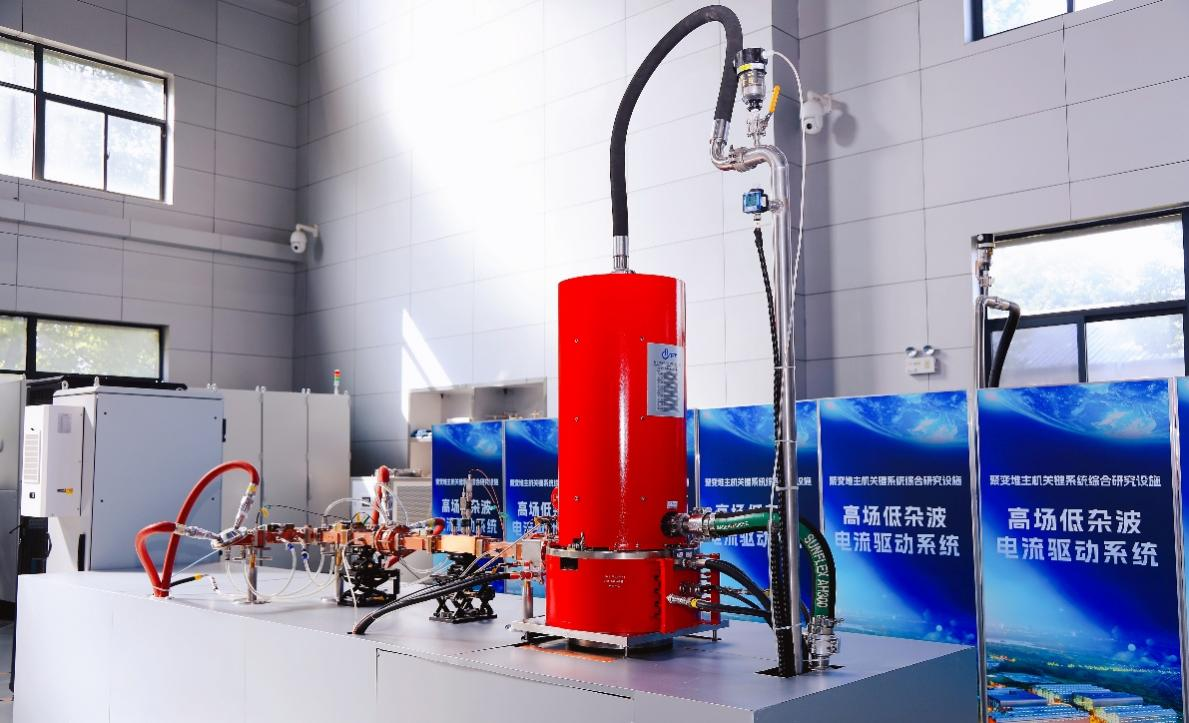

A research team led by Prof. LI Hai from the Hefei Institutes of Physical Science of the Chinese Academy of Sciences has developed a novel deep learning framework that significantly improves the accuracy and interpretability of detecting neurological disorders through speech.

On June 18, the Lower Hybrid Current Drive system — a critical subsystem of the Comprehensive Research Facility for Fusion Technology — successfully passed expert testing and was officially accepted, marking a significant milestone for the project.
A research group led by Prof. GE Ziyi from the Ningbo Institute of Materials Technology and Engineering of the Chinese Academy of Sciences has developed an innovative strategy to alleviate NiOx corrosion, enabling more efficient and stable all-perovskite tandem solar cells.
A research team led by Prof. XIE Pinhua from the Hefei lnstitutes of Physical Science has developed a novel prediction model for surface ozone concentration in the North China Plain and Yangtze River Delta regions. The model leverages a sequential convolutional long short-term memory network framework to integrate spatiotemporal meteorological features, addressing key limitations in existing forecasting methods.

A research team led by Prof. ZHANG Tianshu at the Hefei Institutes of Physical Science developed a compact all-solid-state continuous-wave single-longitudinal-mode laser with high frequency stability using iodine-based frequency locking, advancing its application in atmospheric remote sensing and environmental monitoring.
A research team at the Ningbo Institute of Materials Technology and Engineering of the Chinese Academy of Sciences has developed a novel degradable silicone-hydrogel coating, delivering impressive synergistic anti-biofouling performance for marine applications.

86-10-68597521 (day)
86-10-68597289 (night)

52 Sanlihe Rd., Xicheng District,
Beijing, China (100864)

